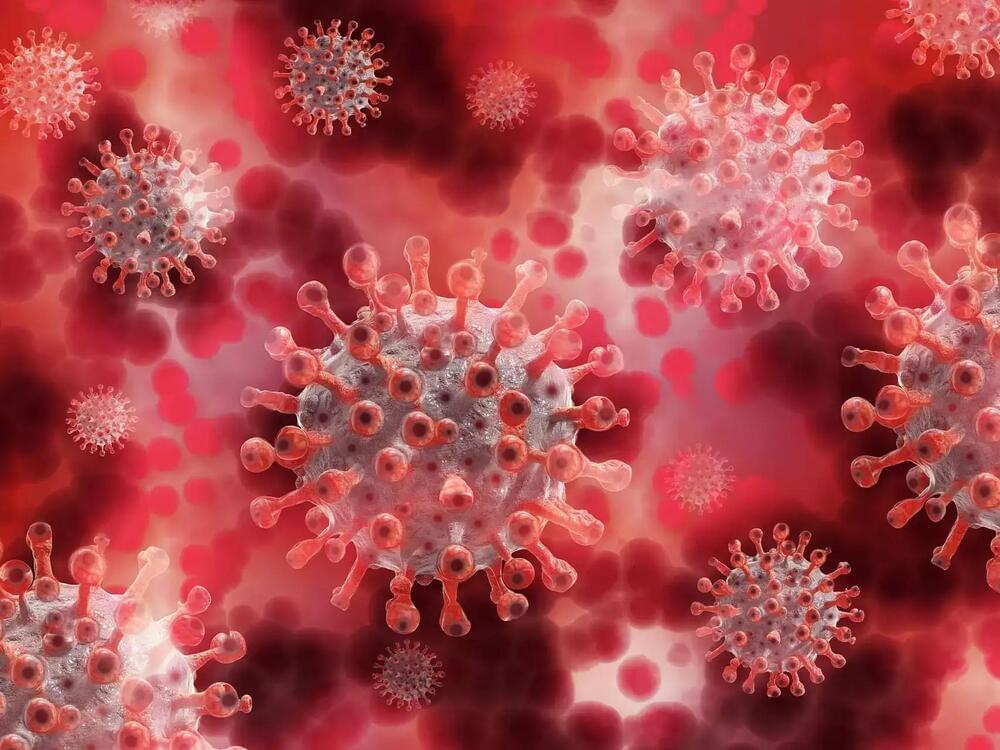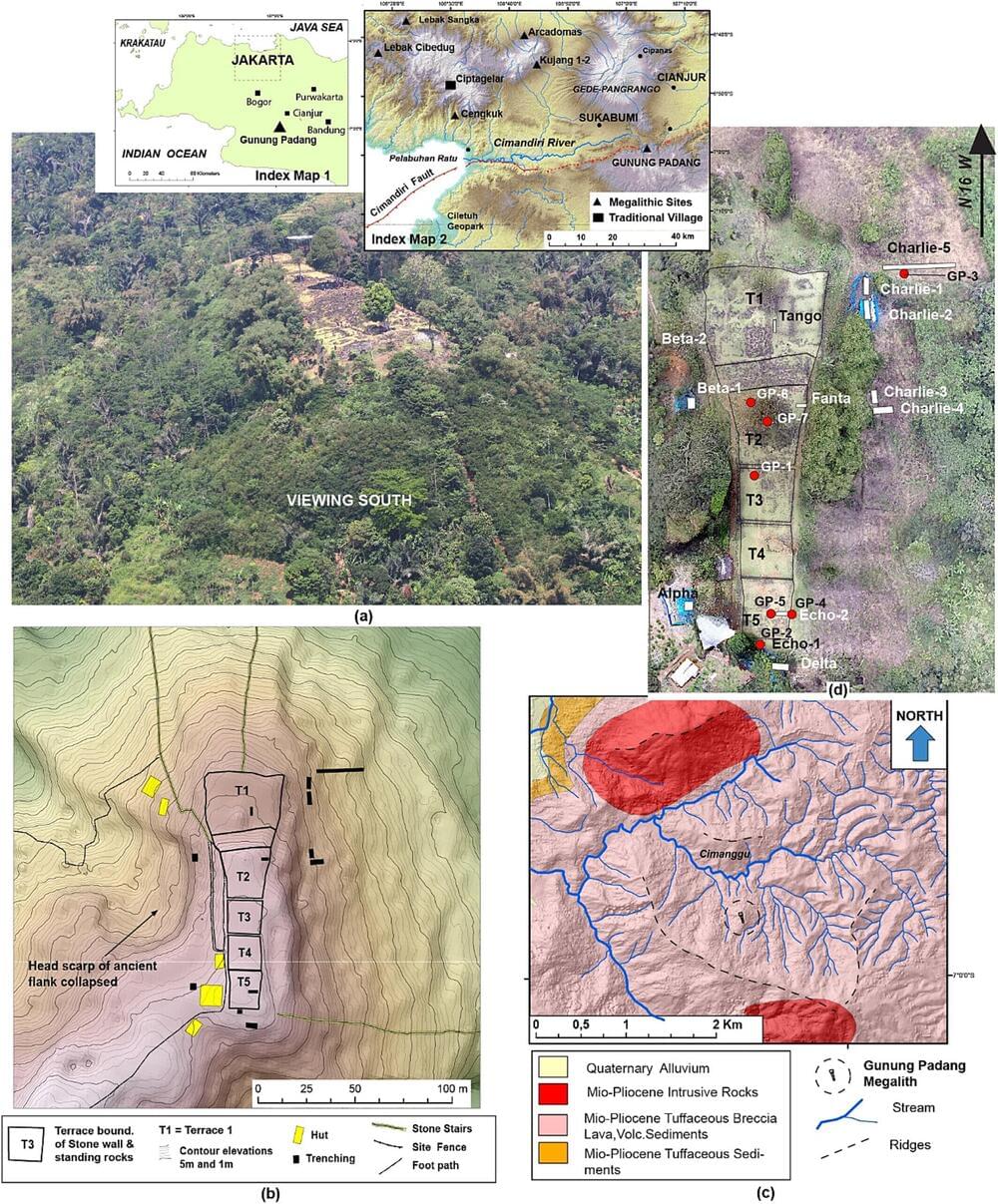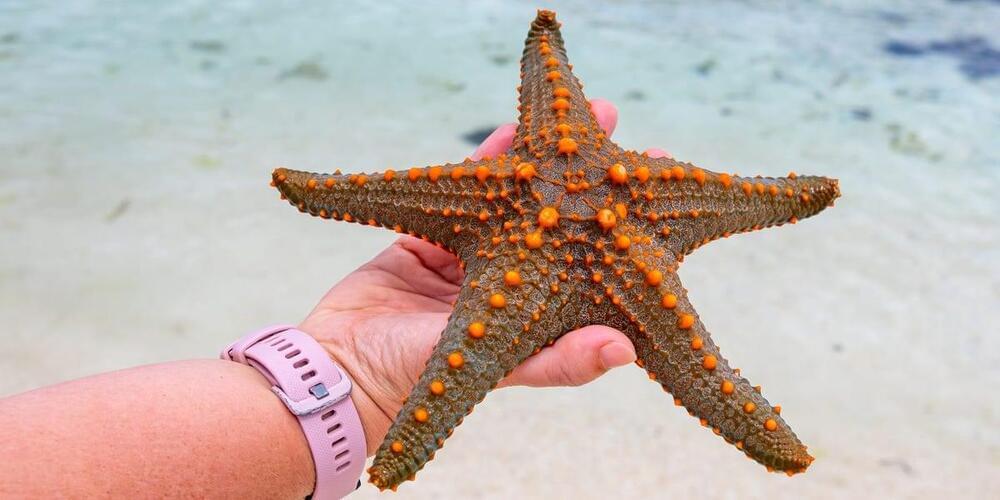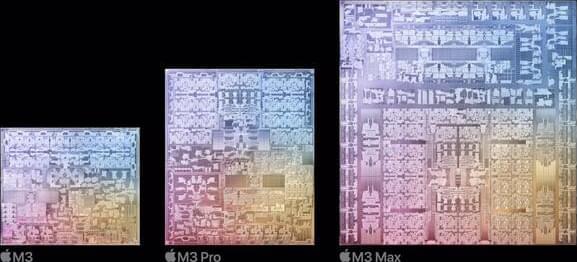About 400 earthquakes have rumbled under Mount St. Helens since mid-July, the largest chain of shakes since the volcano finished erupting in 2008, the U.S. Geological Survey reported last week.
Small magnitude earthquakes, detected only by sensitive equipment, signal a volcano’s “recharging” as magma flows through chambers and cracks deep under the ground, said Wes Thelen, U.S. Geological Survey Cascades Volcano Observatory geophysicist and seismologist.
Between late August and early September, scientists observed 40 to 50 earthquakes per week located between 2.5 to 5 miles below the crater floor, before recently dwindling to 30. To compare, Mount St. Helens averaged roughly 11 quakes per month since 2008.









